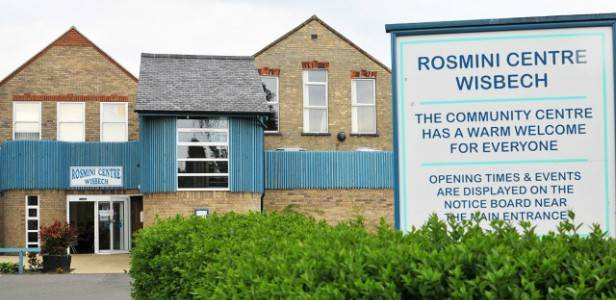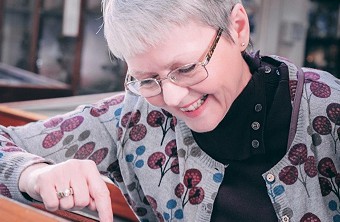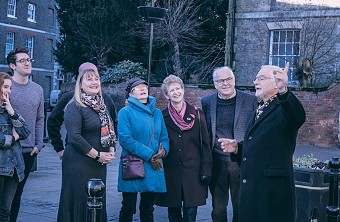
 Back to Blogs
Back to Blogs
24 November 2020
Cambridgeshire and Slavery Today
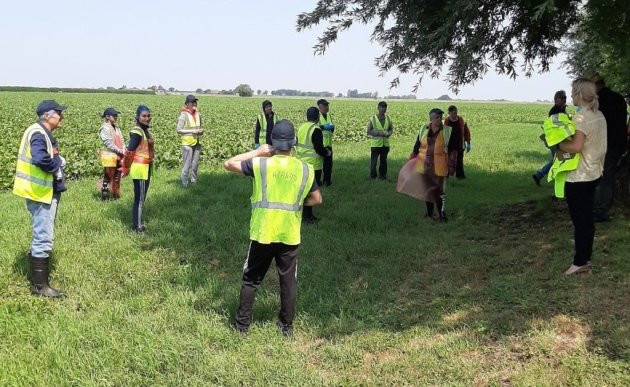
Guest blog from Emily Smith, Curator of Contemporary Forms of Slavery, International Slavery Museum, Liverpool
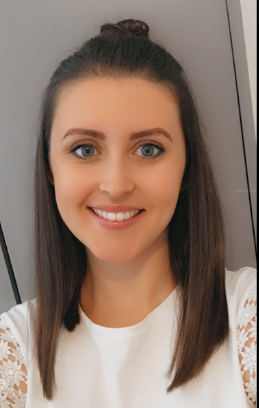
I’m Emily, Curator of Contemporary forms of Slavery at the International Slavery Museum in Liverpool. My specific role is not known to exist anywhere else and I am developing a new collection around modern slavery and human trafficking. The museum is actively collecting objects, artworks and digital content that represent a variety of contemporary forms of slavery seen locally, nationally and internationally, as well as efforts to prevent and combat these crimes and human rights violations.
This work allows me to explore regional trends of slavery across the UK. Starting locally in Liverpool, which was the European port most involved in slaving during the 18th century, the region remains a place where slavery still occurs.
You can find out more about European involvement in the transatlantic slave trade and Liverpool’s role here:
https://www.liverpoolmuseums.org.uk/history-of-slavery/europe
My work has also brought me to the collection in Wisbech & Fenland Museum in Cambridgeshire, which includes the notable Campaign Chest of abolitionist Thomas Clarkson. The Museum also holds material related to modern slavery, which is being archived through the current Articles for Change Project.
Thomas Clarkson grew up in Wisbech and attended St John’s College, University of Cambridge. He was an anti-slavery campaigner who helped to raise awareness and mobilise people into action to support the anti-slavery movement alongside many Africans who were actively resisting and rebelling. Despite Clarkson’s efforts and devotion to abolition, and the passing of anti-slavery laws in 1807 and 1833 that he campaigned for, slavery did not end. It is happening today across the globe including here and now in the UK.
Modern slavery, like historical slavery seen in the transatlantic trade, is the holding of someone through physical, psychological or other means of control to exploit them for benefit. To find out more about some of the similarities and differences between transatlantic and modern slavery, follow this link to the International Slavery Museum website to a blog I have written earlier this year:
https://www.liverpoolmuseums.org.uk/stories/modern-slavery-transatlantic-slavery-whats-difference
Modern slavery victims 'hidden in plain sight'
Modern slavery is often described as hidden in plain sight. It is estimated 100,000 - 136,000 people are currently trafficked, enslaved and exploited in the UK, but the numbers of those identified are significantly lower. For the past couple of years, the most commonly identified victims of modern slavery are British nationals.
Cambridgeshire, an overview
In 2019, when 10,627 referrals (a 52% increase from 2018) were made to the National Referral Mechanism, a UK support service, 9692 of these referrals were made by police forces in England.
Out of these 9692 referrals made to the National Referral Mechanism, the Cambridgeshire Constabulary referred 114, which is an increase from 62 in 2018. You can access the statistics here:
Cambridgeshire has many different forms of modern slavery occurring across the county including sex trafficking in ‘pop-up’ brothels in the urban spaces within Cambridge and Peterborough. There is increasing identification of criminal exploitation in cannabis farms and county lines: transporting drugs from one area to another often by children or vulnerable people coerced to do so, where a dedicated mobile phone line is used to take orders.
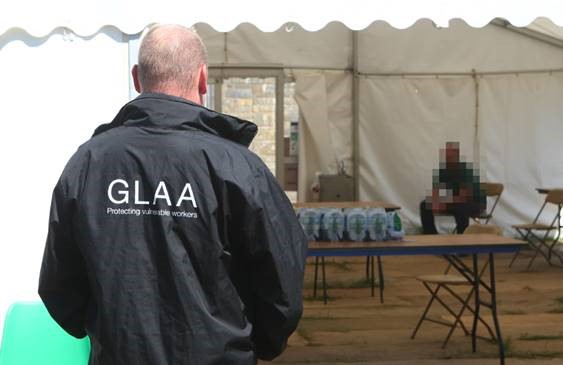
GLAA team working in Cambridgeshire. Image credit: GLAA.
There is also particular awareness of labour exploitation in urban and rural areas as the county has many businesses known to be hotspots for labour exploitation such as car washes, recycling plants, nail bars, takeaways and construction sites. Intelligence also indicates that the agricultural and food processing sectors are high risk for modern slavery in the county.
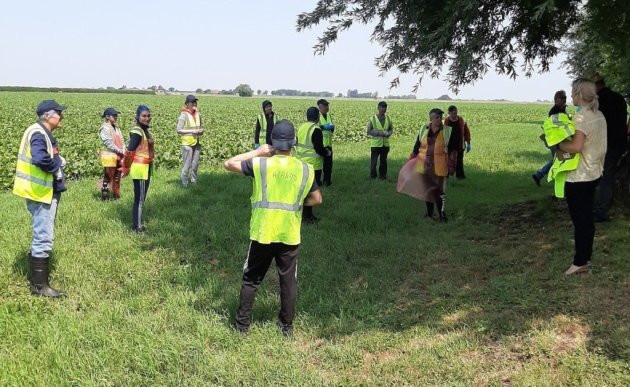
Fenland Exploitation Team and the GLAA in Chatteris, Cambridgeshire. Image credit: GLAA
Fenland’s local economy has been dominated by food production since the late 17th century. Today in the 21st century, Fenland struggles with the shortfall of labourers despite various government initiatives like the Seasonal Agricultural Worker’s scheme. This shortfall in employees, the demand for food to be picked and packaged and the well-established migrant
worker population in Cambridgeshire means there are more opportunities for criminals to exploit this labour gap by deceiving or forcing people into work for little to no pay.
https://www.gla.gov.uk/media/5069/industry-profile-agriculture.pdf
Two recent cases of contemporary forms of slavery in Cambridgeshire are outlined below.
Cases
In 2019 Cambridgeshire Constabulary acted on intelligence to protect a vulnerable Lithuanian national who had been trafficked to Fenland. His trafficker had taken control of the man’s passport and bank details before making him work 12-hour shifts for little or no pay in Wisbech. Over 10 months, the victim was forced to sleep on a camper van mattress, use a curtain for a blanket and each day £15 was deducted from the victim’s wages. This was a form of debt bondage created by the trafficker for the transport fees of moving the victim to the UK. The bonded debt was impossible to break as he was charged £100 a week for renting accommodation he was made to stay in, which was overcrowded and dirty. The victim also suffered physical assaults as another means of control by the trafficker - usually kicks and punches to the body so no marks were visible on his face. The trafficker was ordered to pay back more than £10,400 and was sentenced to 7 years and 10 months imprisonment followed by automatic deportation.
https://www.gla.gov.uk/whats-new/press-release-archive/231214-fenland-gangmasters-receive-prison-terms/
In Fenland, two men were sentenced to between one and one a half years imprisonment each for supplying and exploiting migrant workers from Latvian and Lithuanian communities between 2009-2013. The workers were trafficked on the promise of plentiful and well-paid employment. In reality however, they were forced to live in over-crowded accommodation and were trapped in a state of debt bondage. The traffickers intercepted wages, made unwarranted deductions for rent, debt, transport and fines. This often left the individuals with less than £20 a week to live on.
One female survivor disclosed how they suggested she pay back the debt by selling her organs. Another woman was told she would receive £1500 to marry a man in India to pay off her £1000 debt. She was never paid and instead the traffickers used the money to buy a new car.
https://www.gla.gov.uk/whats-new/press-release-archive/230316-four-guilty-of-exploitation-in-cambs/
What support is in Cambridgeshire?
There is a lot of anti-slavery and anti-trafficking activity across Cambridgeshire from research to prevention, identification and support initiatives for those people who have experienced exploitation. A few are highlighted here:
Operation Pheasant
Cambridgeshire Fire and Police and the Fenland District Council collaborated during Operation Pheasant. This multi-agency partnership uncovered a range of issues relating to criminal activity including human trafficking. Between September 2012 and April 2015, 76 cases of human trafficking were subsequently referred to the National Referral Mechanism.
The National Referral Mechanism
The National Referral Mechanism is a UK specialist support and identification system in which victims of trafficking or slavery can receive support to access healthcare, legal advice, educational services and more. A survivor of human trafficking often has many physical and psychological health needs in the immediate and long-term as they navigate their freedom, recovery, independence and restoration. Information about the National Referral Mechanism can be accessed here:
https://www.westmidlandsantislavery.org/2020/11/02/booklets-now-available-in-other-languages/
Rosmini Centre, Wisbech, Cambridgeshire.
Photo credit: Rosmini Centre
Rosmini Centre
The Rosmini is a long-standing community project working in Cambridgeshire, who over the years have been increasingly working on the issue of modern slavery that is deeply interwoven with the local migrant population.
You can find out more about the centre here: https://www.rosminicentrewisbech.org/
The Victims Services Hub
The Victim Services Hub in Cambridgeshire and Peterborough also offer direct survivor support on the frontline. They have specialist care co-ordinators and also dedicated people who speak Lithuanian, Russian and Romanian who can communicate with those trafficked from these areas. The advocates provide practical and emotional support and facilitates liaison between other agencies.
You can access Cambridgeshire Victims Services support here https://www.cambsvictimservices.co.uk/support-for-victims/migrant-victims-of-exploitation
The Cambridge Centre for Applied Research in Human Trafficking, CCARHT
CCARHT is a network of academics, enforcement personnel, organisations and politicians working to apply research and anti-slavery passion on the complex challenges modern slavery and human trafficking present. This UK Think-Tank is based in the heart of Cambridge and its impacts are felt across Europe, the Americas, Asia, Africa and Oceania. You can find out more about their research here: http://www.ccarht.org/site/about/
What can I do?
As you have read, Cambridgeshire has a place in the history of the abolition of the transatlantic slave trade. It is also a location of modern slavery offences as well as support and combat against modern slavery.
Modern slavery is complex, but one aspect we can all help with is the identification of victims. Many victims do not self-identify or disclose victimisation, and many are unable to seek support through fear of repercussions from exploiters, or are unable to speak out due to language barriers for example.
-
You may notice a co-worker who appears withdrawn, has poor hygiene and is transported to and from work by someone else.
-
As a neighbour you may notice many people entering and leaving a house frequently at all times of the day and night, perhaps indicating the property is being used as a space for sexual exploitation to occur.
-
You may regularly pass a car wash and notice the same staff working all of the opening hours with substandard or no protective equipment such as boots and gloves.
-
By speaking up on the gut feeling that something isn’t quite right, raising concerns with the Modern Slavery Helpline, Crimestoppers anonymous or logging concerns on apps like Safer Car Wash, police can act on this intelligence.
Reporting suspicions can lead to another victim being identified and supported and an exploiter being held accountable.
The ripple effect of one report of a suspicion can be the difference between a life of exploitation and freedom for someone.
https://www.modernslaveryhelpline.org/
International Slavery Museum, National Museums Liverpool
Albert Dock, Liverpool Waterfront, L3 4AQ
Twitter: @SlaveryMuseum
Facebook: International Slavery Museum
Instagram: internationalslaverymuseum
Email: ISM@liverpoolmuseums.org.uk
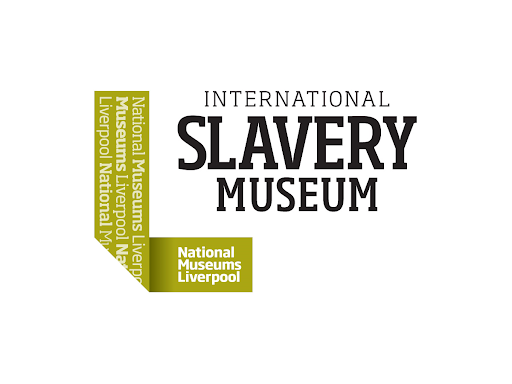
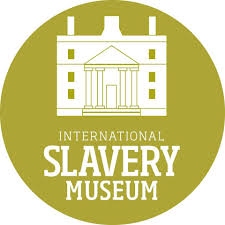
This blog post is part of the ongoing Articles for Change project, funded by the Esmée Fairbairn Collections Fund administered by the Museums Association.
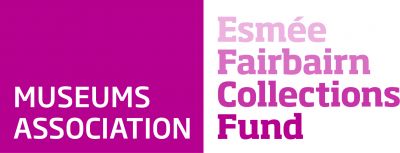
The Esmée Fairbairn Collections Fund is run by the Museums Association, funding projects that develop collections to achieve social impact. Since its launch in 2011, it has awarded 90 projects with grants totaling over £6.7m in 14 funding rounds. Between 2017 and 2019 it is offering a total of £3.5m in grants to Museums Association members, as well as providing events and resources for the whole sector. www.museumsassociation.org/collections
Share this article
Most recent blog posts
 Recent Accessions: Paintings from the collection of Ashley Whitteridge
Recent Accessions: Paintings from the collection of Ashley Whitteridge
 A further view from the Chair.
A further view from the Chair.
 A Tribute to Bill Knowles of Walpole
A Tribute to Bill Knowles of Walpole
 Museum's Urnes Style Brooch recreated by Maria Holzleitner
Museum's Urnes Style Brooch recreated by Maria Holzleitner
 Reading Priscilla Peckover: Part 2. On Accessibility, Violence, and the Power of Saying “No”
Reading Priscilla Peckover: Part 2. On Accessibility, Violence, and the Power of Saying “No”
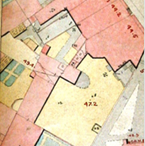
Supporting the museum
To maintain and grow our collections we need your contributions, please support us by donating today.





